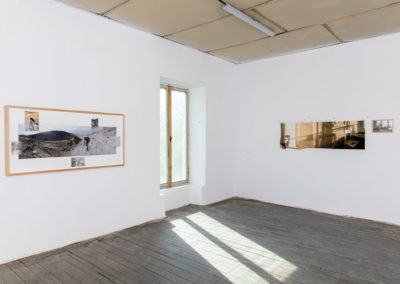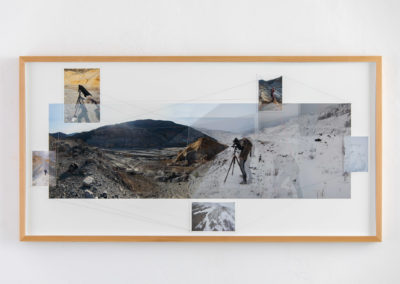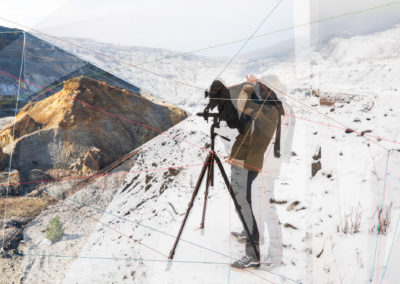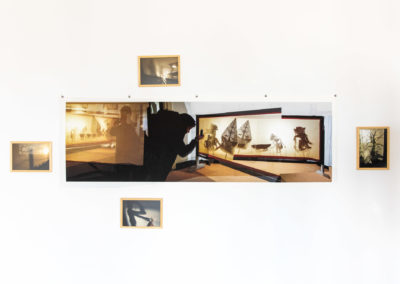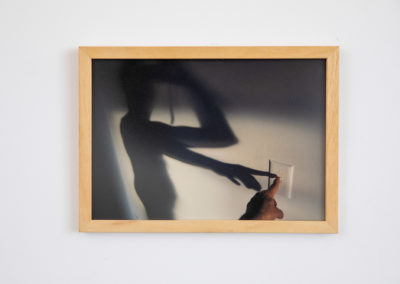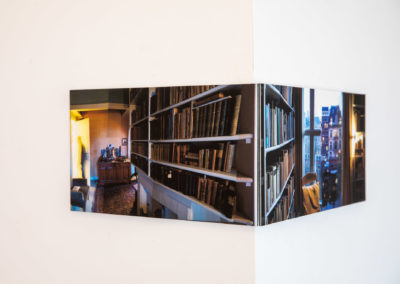Iosif Király (b. 1970) is one of the most iconic names of the contemporary art avant-garde in Romania. His work investigates the relationship between perception, time, synchronicity and memory through photography, installation-art, drawing and more recently, video. He has initiated, coordinated, and, together with architects, visual artists, and anthropologists, participated in research projects related to the changes having occurred in post-communist Romania: D-Platform, RO-Archive, Triaj, Tinseltown.
During the 1980s, Iosif Király became active in the mail art network, an international underground movement established by Fluxus. After 1989, he exhibited both individually and within the subREAL* group.Iosif Király’s works are found in numerous private and public collections such as the following: The National Contemporary Art Museum in Bucharest, 2000+ Arteast Collection, Moderna galerija, Ljubljana*; Stedelijk Museum, Amsterdam; Light Work, Syracuse, NY; Hamburger Bahnhof –Museum für Gegenwart, Berlin; Neue Galerie Graz am Landsesmuseum Joanneum; Museum of Contemporary Art, Ars Aevi, Sarajevo*; Q Contemporary, Budapest*; The Benetton Collection; Emprise Bank, Wichita, KS; Fondazione Cassa di Risparmio di Modena; European Central Bank, Frankfurt; Hypo Bank, Frankfurt
Somewhere I Can Never Be / Iosif Király at Camera E12 – Malmaison Studios
07.10 – 03.11.2022
Curated by Cristina Stoenescu
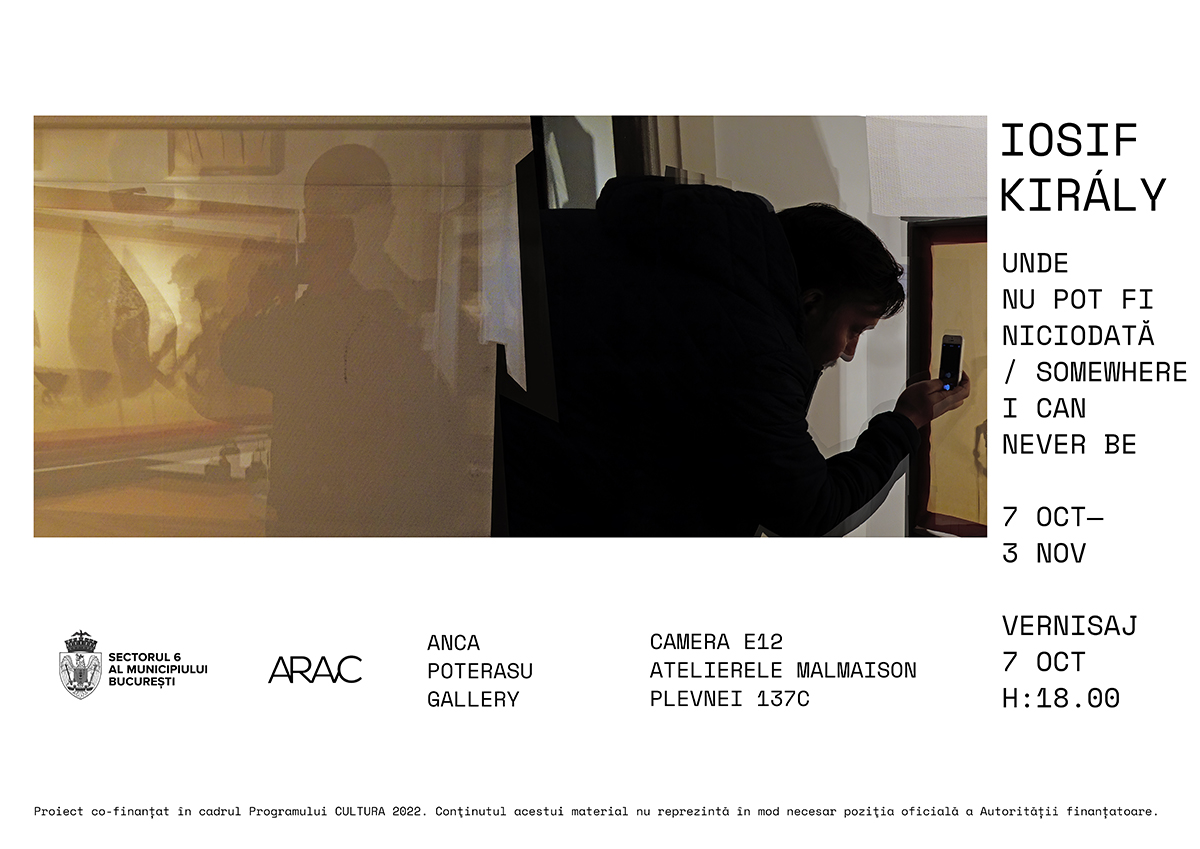
ARAC is a non-profit organization founded in June 2012, in order to produce and promote contemporary art in Romania and abroad. The initiative of the 58 Plantelor Residency belongs to Anca Poterasu, gallerist and ARAC President. The first edition of the Residency took place in 2015 and it was financed through a grant offered by Norway, Iceland, Liechtenstein and the Romanian Government.

